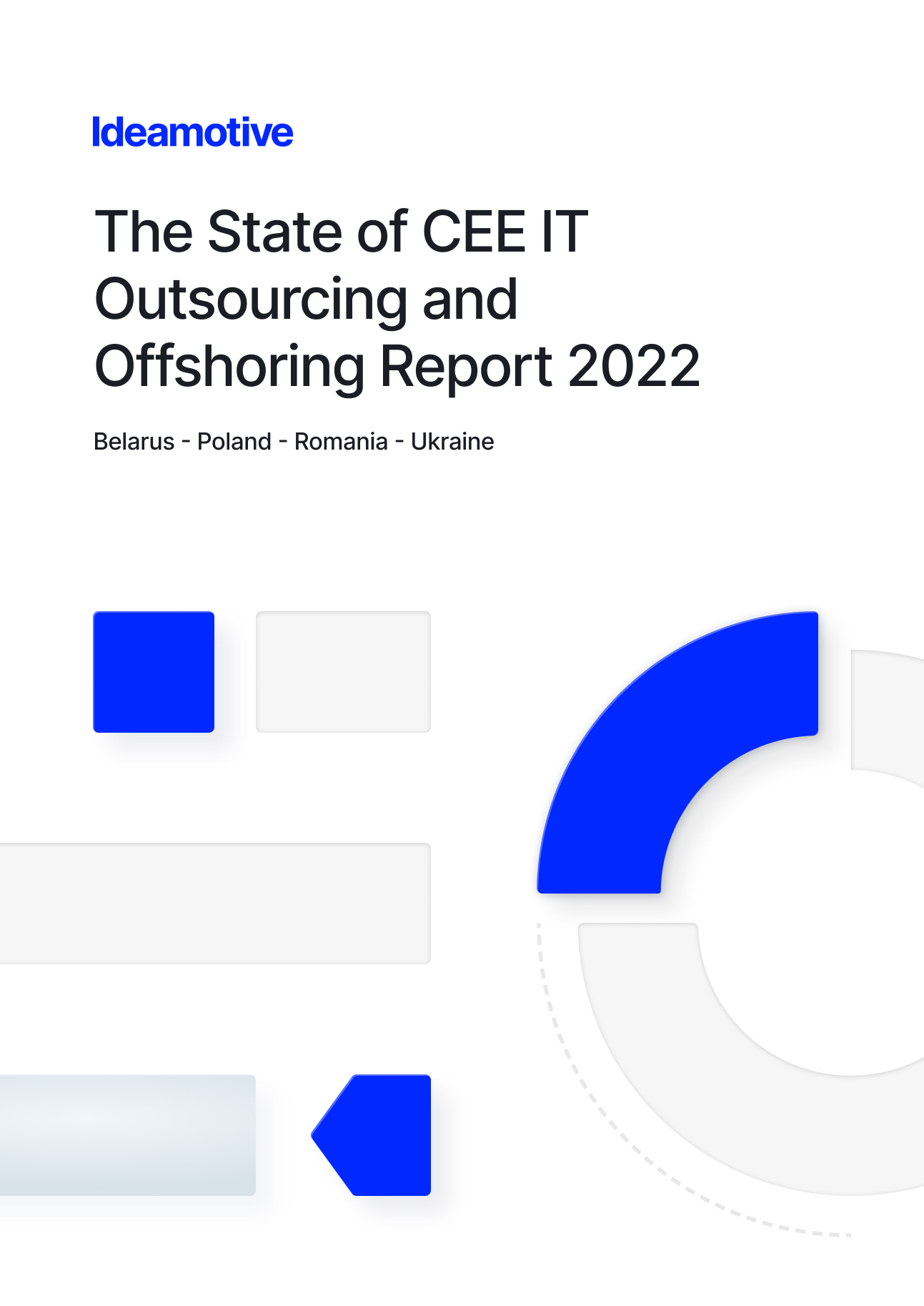Employee turnover is an inevitable aspect of business dynamics. However, understanding and managing this turnover goes beyond mere headcount adjustments; it involves a deeper comprehension of the financial and operational implications for a company. In this comprehensive guide, we will delve into the nitty-gritty of employee turnover calculations. Our focus is not just on the 'who' and 'why' of employees leaving but also on the 'how much' it costs and impacts the organization. This article serves as a crucial toolkit for businesses aiming to grasp the complete picture of employee turnover, a key aspect in today's ever-evolving corporate landscape.
Understanding Employee Turnover
Employee turnover refers to the rate at which employees leave an organization and are replaced by new ones. It's a critical metric for businesses, as high turnover rates can signify underlying issues such as poor workplace culture, inadequate compensation, or ineffective management. Turnover can be voluntary, where employees leave on their own accord, or involuntary, due to layoffs or dismissals. The implications of turnover extend beyond the immediate need to fill vacancies. It affects team morale, disrupts workflow, and most notably, incurs significant costs. Understanding these dynamics is crucial for any organization aiming to maintain a stable and productive workforce.
The Cost of Employee Turnover
Understanding the Financial Impact
Employee turnover isn't just a HR concern; it's a financial one. The costs incurred when an employee leaves can be substantial, encompassing more than just the expenses of hiring a replacement. They can be categorized into direct costs, such as recruitment, onboarding, and training, and indirect costs like lost productivity and the impact on team morale. For instance, the "cost of employee turnover 2024" could reflect the increased expenses in a changing economic landscape. It's crucial for businesses to use tools like a "cost of employee turnover calculator" to get a realistic view of these expenses.
Breakdown of Turnover Costs
To truly grasp the cost of employee turnover, one must delve into its components. Direct costs include advertising for new positions, interviewing, hiring, and training new employees. Indirect costs, often overlooked, involve lost productivity during the transition period, the time it takes for new hires to reach full productivity, and the possible impact on team dynamics. These costs can vary significantly depending on the role and the industry, making it essential to tailor the calculation to specific organizational contexts.
Calculating Employee Turnover Rate
The Formula Explained
Calculating the employee turnover rate is a straightforward yet insightful process. The formula involves dividing the number of employees who left the company during a certain period by the average number of employees during that period, and then multiplying the result by 100 to get a percentage. This calculation, integral to an "employee turnover rate calculator," provides a clear metric to assess how often employees are leaving.
Interpreting the Results
Interpreting the employee turnover rate requires context. For instance, a high turnover rate might indicate issues with employee satisfaction or workplace culture, while a low rate could suggest good employee retention strategies. However, industry benchmarks are crucial for context, as turnover rates can vary widely across different sectors. Using an "employee turnover calculation" tailored to your industry can offer more accurate insights.
Tools and Resources for Employee Turnover Calculation
Leveraging Technology for Accurate Calculations
In the digital age, numerous tools and software are available to simplify the employee turnover calculation process. These range from basic spreadsheet templates to advanced HR software solutions. Tools like the "employee turnover cost calculator" allow businesses to input specific data and get accurate estimates of turnover costs. Such tools are invaluable for human resources professionals, providing a clear, data-driven picture of employee turnover dynamics.
Role of Human Resources in Managing Turnover Data
Human resources play a pivotal role in managing and analyzing turnover data. They are tasked with not just collecting and calculating turnover rates but also interpreting the data to inform strategic decisions. Effective use of HR analytics tools can provide insights into patterns and trends, helping to identify areas for improvement in employee retention strategies.
Strategies for Reducing Employee Turnover
Fostering a Positive Work Environment
One of the most effective strategies for reducing employee turnover is creating a positive and engaging work environment. This includes recognizing employee achievements, offering career development opportunities, and maintaining a healthy work-life balance. A positive work culture not only enhances team morale but also significantly impacts employee retention.
Implementing Effective Retention Strategies
Effective retention strategies are tailored to address the specific reasons why employees may choose to leave. This could involve competitive compensation, robust training programs, and a supportive management style. Regular feedback and open communication channels can also play a significant role in understanding and addressing employee concerns before they lead to turnover.
Summarizing Key Insights
In conclusion, understanding and managing employee turnover is crucial for any business. By accurately calculating turnover rates and comprehending their financial implications, organizations can make informed decisions to enhance their operational efficiency and employee satisfaction. Tools like the employee turnover rate calculator and strategies focused on creating a positive work environment and implementing effective retention measures are instrumental in this regard.









